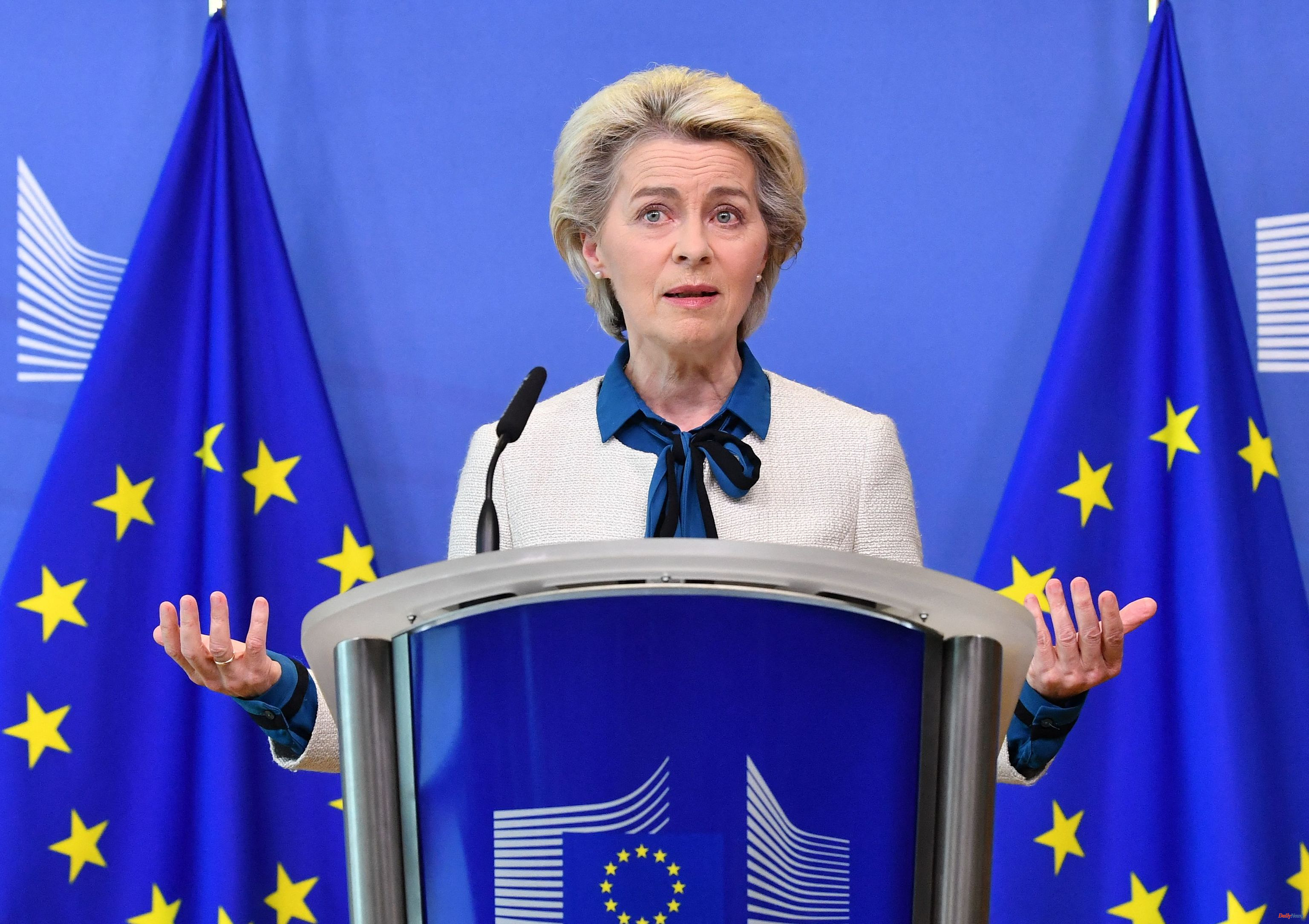The era of fiscal relaxation, permanent expansionary budgets, and spending like there was no tomorrow to sustain economies in the midst of pandemics, recessions, and wars is coming to an end. After almost four years suspended, the rules of the Stability Pact will be applied again, although reformed, from 2024, and so that the transition is as smooth as possible, and there are no scares, Brussels is now urging all countries to Put the brakes on, begin to define your adjustment paths, set specific fiscal objectives to be able to bring your public accounts below a 3% deficit in the medium term and manage to reduce your debt in a credible and sustainable manner.
The procedure before 2020 consisted of the European Commission suggesting a 'fiscal stance', a fiscal position for the entire Eurozone for a given year. The countries presented their National Reform Plan and their Stability Program in April, with a macroeconomic framework for the coming years. Brussels analyzed it and made a series of specific recommendations by country, qualitative but also quantitative, and with clear paths for the countries with the most imbalances. And in autumn, in addition, the budget drafts were delivered, following, at least in theory, those recommendations and fiscal guidance. But the pandemic arrived and that procedure disappeared, because the recommendation for everyone was to spend what was necessary to support the country. Until now.
This year is a bridge, of transition. The rules are still in an induced coma, but about to wake up. And also, simultaneously, governments are finalizing a reform of the framework as a whole, because after decades of tug of war, problems and zero implementations, they have assumed that it did not work. From now on there will be more flexibility, individualized programs and not generic rules such as everyone reducing debt by 5% each year or undertaking contractive adjustments in a short time. But in return there will also be a tougher hand for those who systematically ignore what has been agreed. That is why the European Commission will carry out a mixed exercise, with parts of the old but thinking of the new.
In the guidance issued this Wednesday, Brussels explains how it will act. Each country will have to send, as always, their plans. "Member States are invited to set fiscal targets in their stability and convergence programs that meet the fiscal adjustment criteria set out in the Commission's reform guidelines. They are also invited to discuss how their reform and investment plans are expected to contribute to fiscal sustainability and sustainable and inclusive growth, including the objectives of resilience and green and digital transition, in line with the criteria established in the reform guidelines," the document says.
The idea is not to return to the known thresholds, a 3% deficit and 60% debt, immediately, but to define how to return to that 'normal'. The Commission will not open any excessive deficit procedure this spring, whatever the data, but it will be able to do so in the first spring of 2024. But what it will do is recover those classic documents that list the economic weaknesses of each community partner and recommendations to correct them.
"Member States are invited to include in their convergence programs explanations of how their fiscal plans will ensure respect of the reference value of 3% of GDP as well as a constant and credible debt reduction, or so that the debt remains in prudent levels in the medium term. More specifically, countries that have substantial or moderate levels of indebtedness must define fiscal objectives that ensure its constant reduction to prudent levels in the medium term and so that the deficit falls below 3% or does not exceed it" says the document.
That means that in May the recommendations and the list of problems will return. "The Commission is ready to propose country-specific recommendations on fiscal policy for 2024, including a quantitative requirement, as well as qualitative guidance on investments and energy measures. These recommendations will be consistent with the criteria proposed in the Commission guidance, without leaving to be consistent with the legislation in force in the framework of the Stability and Growth Pact", says Brussels. Therefore, it will also be easier to point out when a country is not following what is recommended and when it is not respecting the paths designed by mutual agreement with community technicians.
How will these recommendations be made? Well, looking above all at the net primary spending of the State, that is, excluding interest on the debt as well as cyclical spending on unemployment, and not as before. To see the situation in the country, in the spring of the 24th the data from the closing of the 23rd will be looked at.
According to the criteria of The Trust Project












